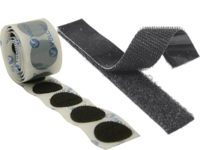Biomimicry
From DT Online
Description
Biomimicry involves the study of nature to help find solutions to technical problems. Famously, Leonardo da Vinci analysed the anatomy of humans and animals, including how muscular forces are applied the skeleton to make it work (i.e. the beginnings of Biomechanics). His studies of birds for example, led to his well-known plans for several flying machines.
Similar work was later continued by German engineer, Otto Lilienthal, who based on his studies of birds and how they fly, wrote a book on aerodynamics that was published in 1889 which was used by the Wright Brothers as the basis for their designs.
The mathematical biologist D'Arcy Thompson, compares the structural form of the Forth Bridge with the cantilevered skeleton of an ox in his 1917 book On Growth and Form - a book which argues that it is physics and effects of scale which shape animals and plants. It could be argued therefore that Biomimicry is in some ways a form of Reverse Engineering perhaps?
But Biomimicry not only applies to large structures: Velcro was developed as a result of George de Mestral's curiosity as to why seed burrs where sticking to his clothes; suction cups emulate those found on Octopuses and Beetles; the shape of the front of Japan's Shinkansen Bullet Train was inspired by the shape of a Kingfisher’s beak; and various prosthetic limbs or walking and climbing robots, mimic the functions of animal skeletons.

